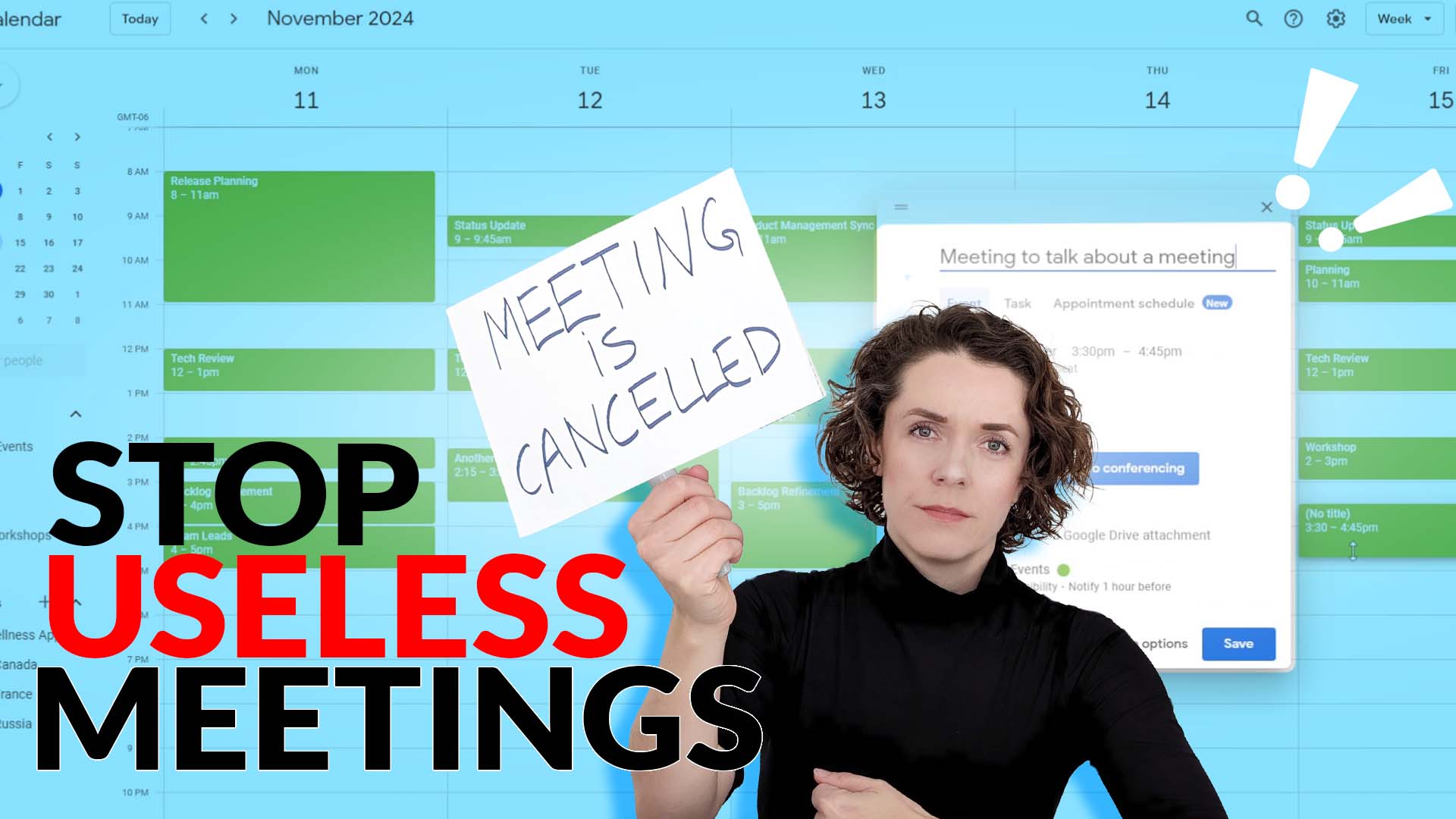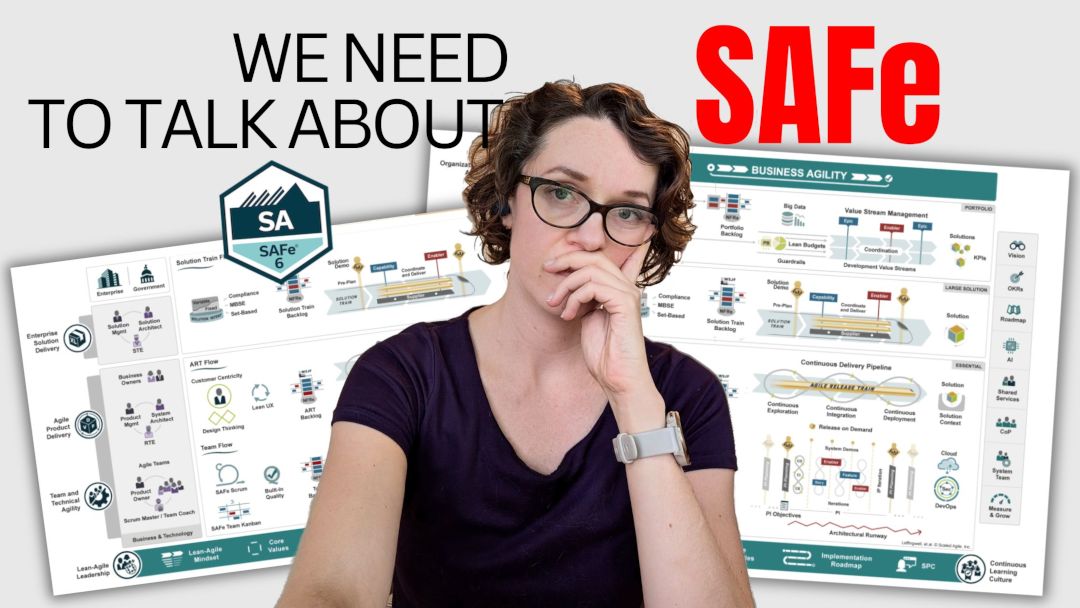Are you just starting out with a new team who is new to Scrum? Maybe even new to themselves and to the Product they are working on?
Through the years of working with teams across industries, I often needed to start from scratch. This is what we call a “team kick-off”.
As a Scrum Master you are there to establish Scrum and set the team up for success.
But where do you even start? What should you teach your team? What discussions do you need to have from the very start?
I have a simple approach that always works for me and I’d like to share it here.
Understanding agility
Often when teams are switching to the Scrum framework, the first thing they learn is Scrum itself – the roles, events, rules, etc.
However, I believe that this is a jump that can be a bit too high for many teams.
Instead, the first thing to really explain to your team is the Agile mindset itself: where did it come from? why is it important? why traditional approach wouldn’t work in their situation? and where traditional approach would work?
These questions a important to answer and really understand to set a strong foundation for the long-term success.
Otherwise, what you might end up with is a Zombie Scrum – following the process without understanding why.
It really helps to start with understanding agility before jumping into any specific framework.
Understanding the Scrum framework
As you might have guessed, a team that is starting to implement Scrum needs to understand it. So as a Scrum Master you should teach them the basics of the framework and connect it back to Agile mindset.
The key elements that you need to talk about are, of course, the five events, the three roles, the three artifacts and their commitments, as well as the five Scrum values and the three pillars of empiricism.
This is where foundations of agility come into the picture as you can easily link every element of Scrum back to the Agile values and principles.
Scrum is a framework that helps you become more Agile, so understanding the connection is very important.
This can also explain what the key purpose of Scrum is: to deliver a working usable product that provides value to your customers and stakeholders.
Working together as a team
The next thing that I believe is extremely important for any new team is understanding what teamwork is all about.
As a Scrum Master you need to set your team up for success. Which means, you want them to get to higher stages of development as fast as possible (talking about the Tuckman model).
The simplest way to get started is with a team working agreements workshop. It’s an opportunity for each team member to talk about how they work and what they expect from others.
You can discuss topics like modes of communication, working hours, documentation needs and tools, making decisions, resolving disagreements,
Some teams might say that they need to work together for a bit before they can really come to some agreements. This can be a valid point, and your team will most likely be more specific in their agreements once they worked with each other.
However, the point of the team agreements workshop is not just to come up with a social contract. It is also to start getting used to discussions like that as a team – their retrospectives are coming up at the end of the Sprint, after all.
You can also include short team building exercises in this discussion. For teams of people who have just met each other, it can be very helpful to talk about skills, experience, and knowledge of each team member.
And, of course, for a Scrum team, you can also discuss the Sprint cadence (unless this is something that has to be aligned with other teams in the organization), as well as times and days for every Scrum Event.
Inspect and adapt
The topics mentioned above are just a start. As the team continues to work together, they will have many opportunities to review their agreements and make changes to how they work so that they can become more effective.
Your goal as a Scrum Master to use those opportunities wisely and help the team get the most out of them. Of course, the key improvement opportunity for the team is a Sprint Retrospective.
A team completely new to Agile ways of working and to Scrum might not be used to such short inspection and adaptation cycle – it’s every Sprint! It means that you have lots of work to do to make these discussions productive and engaging.
To help your team get into the habit of Retrospectives, you should choose the right tools and techniques. Not every Retrospective format will work for a new team.
For example, if your team have never done a Retrospective before, throwing them into a ‘Starfish’, or even ‘Lean Coffe’, might be too much of a strech. Especially, if you are still figuring out the dynamics between people.
Instead, use simple techniques like ‘People & Process‘ or other structured brainstorming using categories, like ‘Mad, Sad, Glad’ or ‘Liked, Learned, Lacked’.
This summarizes my general approach to introducting new teams to Agile and Scrum and to their new team members. It’s an easy enough approach, but it will require a lot of preparation and facilitation from your part as their Scrum Master.
If you are not sure where to start, or what exercises to run to facilitate discussions, I have lots of valuable materials ready-to-be-used. I’ve been working hard to create facilitation guides with templates for virtual delivery. These come from my personal Scrum Master toolbox – I use them on a regular basis with Scrum teams. Grab one and start your workshop!
Here is the list of workshop facilitation guides I mentioned in this article:



